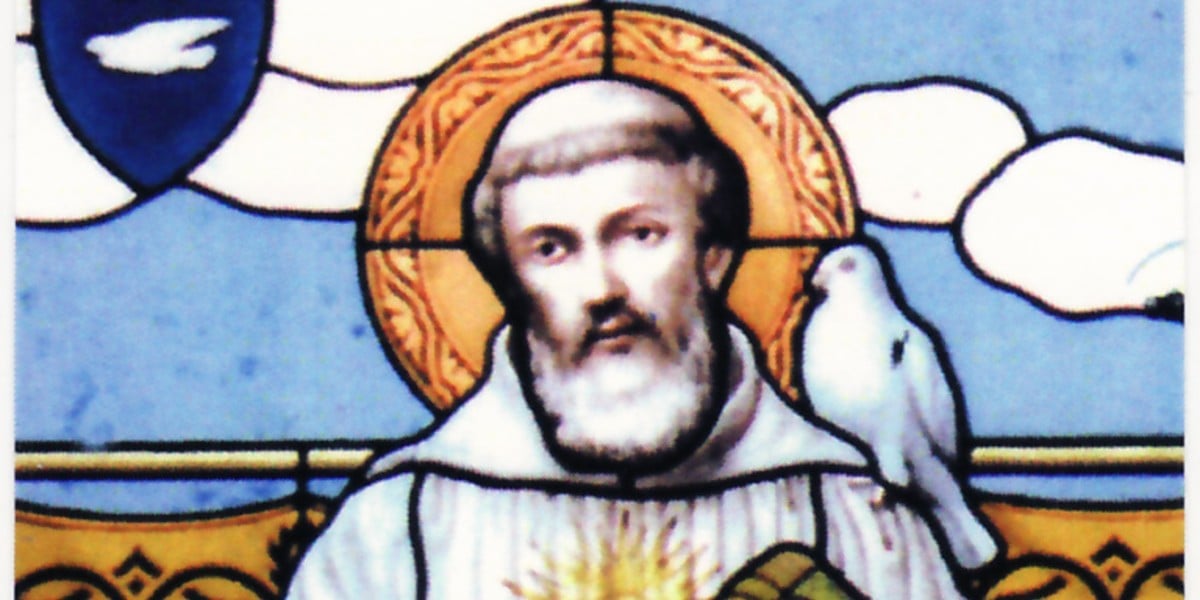Regina Caeli – Queen of Heaven, Rejoice!
The Regina Caeli, Latin for “Queen of Heaven,” is a hymn and prayer ...

Columbanus (Columban) urges us to remember our dignity, created as we are in the image and likeness of God. Since God is love, we must manifest love in our actions and our talk, being especially careful lest we deface that image through careless use of the tongue.
Moses wrote in the law: God made man in his image and likeness [Gen. 1:27]. Consider, I ask you, the dignity of these words. God is all-powerful. We cannot see or understand him, describe or assess him. Yet he fashioned man from clay and endowed him with the nobility of his own image.
What has man in common with God? Or earth with spirit? For God is a spirit. It is a glorious privilege that God should grant men his eternal image and the likeness of his character. Man’s likeness to God, if he preserves it, imparts high dignity.
If man applies the virtues planted in his soul to the right purpose, he will be like God. God’s commands have taught us to give him back the virtues he sowed in us in our first innocence. The first command is to love our Lord with our whole heart because he loved us first from the beginning, before our existence.
Loving God renews his image in us. Anyone who loves God keeps his commandments, for he said: If you love me, keep my commandments. His command is that we love each other. In his own words: This is my command, that you love each other as I also have loved you [John 15:12].
True love is shown not merely in word, but in deed and in truth. So we must turn back our image undefiled and holy to our God and Father, for his is holy; in the words of Scripture: Be holy, for I am holy. We must restore his image with love, for he is love; in John’s words: God is love. We must restore it with loyalty and truth, for he is loyal and truthful.
The image we depict must not be that of one who is unlike God; for one who is harsh and irascible and proud would display the image of a despot.
Let us not imprint on ourselves the image of a despot, but let Christ paint his image in us with his words: My peace I give you, my peace I leave with you. But the knowledge that peace is good is of no benefit to us if we do not practice it. The most valuable objects are usually the most fragile; costly things require the most careful handling.
Particularly fragile is that which is lost by wanton talk and destroyed with the slightest injury of a brother. Men like nothing better than discussing and minding the business of others, passing superfluous comments at random and criticizing people behind their backs. So those who cannot say: The Lord has given me a discerning tongue, that I may with a word support him who is weary should keep silent, or if they do say anything it should promote peace.
This post focuses on love as the image and likeness of God. It is an excerpt from an instruction by Saint Columbanus (Instr. 11, 1-2: Opera, Dublin 1957, 106-107). It appears in the Roman Office of Readings for the memorial of St. Columbanus (Columban) on November 23.
Banner/featured image of the Saint Columbanus Window in the crypt at the Abbey of Bobbio by an unknown artist. Photo by Trebbia. Public domain.
No Comments